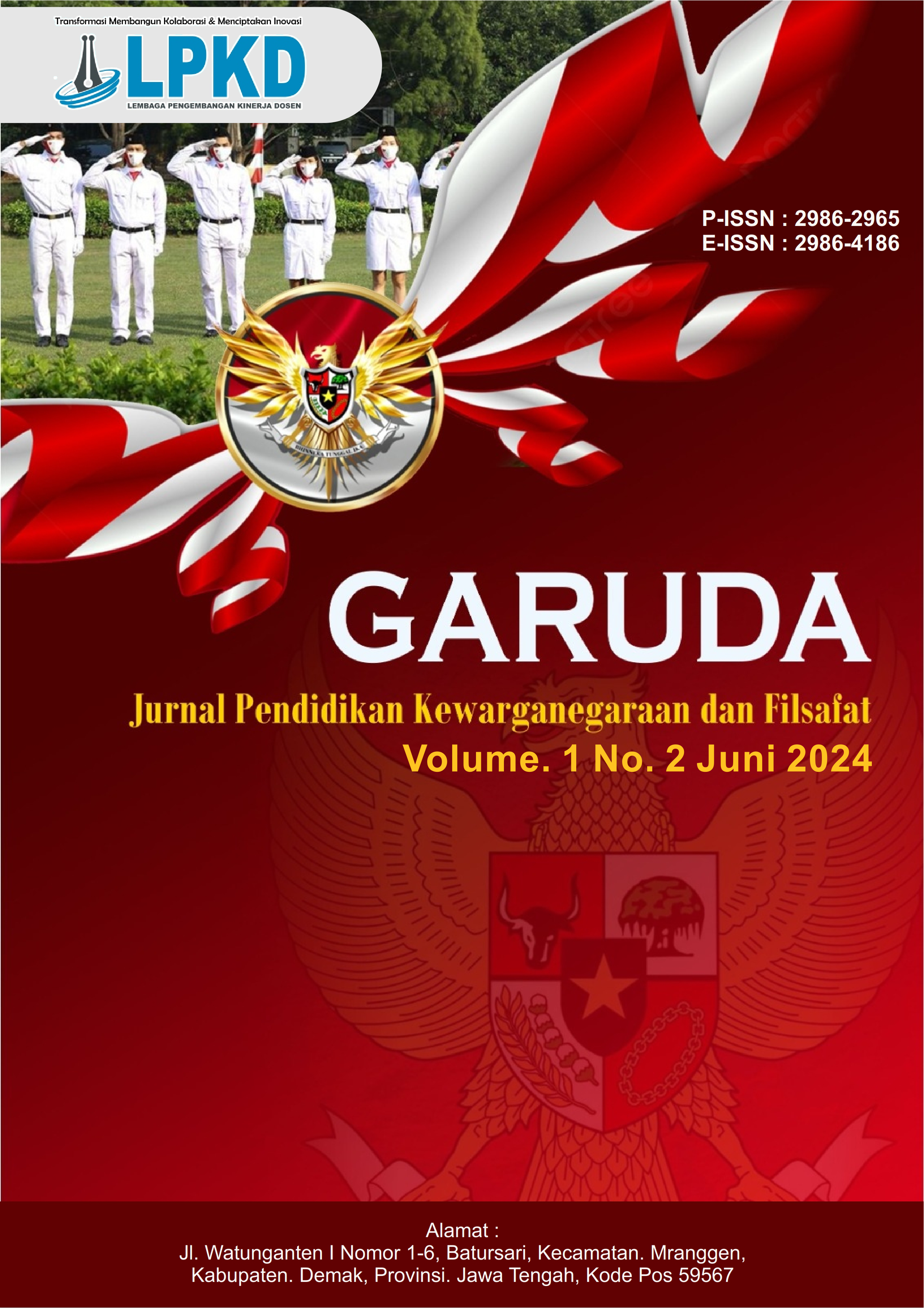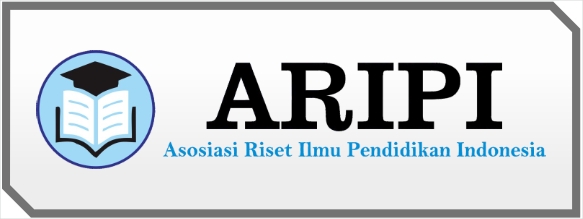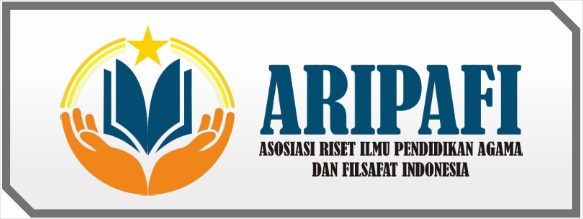Analisis Tindak Tutur Direktif Dalam Film “Nanti Kita Cerita Tentang Hari Ini”
DOI:
https://doi.org/10.59581/jpkf-widyakarya.v1i2.456Keywords:
Content, Formatting, ArticleAbstract
The purpose of this research is to describe the forms and functions of directive speech acts contained in the film "Nanti Kita Cerita tentang Hari Ini" directed by Angga Dwimas Sasongko, and to utilize the results of the research as teaching materials for persuasion texts for grade VIII junior high school (SMP). This study uses a qualitative descriptive research method. The data in this study are sentences containing elements of directive speech acts in the film "Later We Tell About Today". The data collection technique was carried out by reading, observing, and note-taking techniques. The instrument used is documentation. The results of the study found several types of directive speech acts divided into the function of commanding 1 utterance, the function of ordering 1 utterance, the function of requiring 1 utterance, the function of crossing 1 utterance. the function of requesting 1 utterance, the function of offering 1 utterance. The third is the form of a directive speech act of invitation which is divided into the function of inviting 1 speech, the function of urging 1 utterance. The fourth is the form of directive speech act of advice which is divided into the function of advising 1 utterance, the function of suggesting 1 utterance, the function appeals to 1 speech, the function calls for 1 utterance, the function remembers 1 utterance. The fifth is the form of directive criticism which is divided into 1 speech reprimanding function, 1 utterance satirical function, 1 utterance scolding function. The sixth form of directive prohibition which is divided into prohibiting functions 1 speech, function prevents 1 speech. The findings of this study were then incorporated into a lesson plan for teaching persuasive writing to eighth graders in junior high school, this was done because the aim of persuasive writing or dialogue is to get the audience to act in the way the writer or speaker wants them to. The linguistic characteristics of persuasive texts are related to the form and function of directive speech acts, which aim to convince the speech partner or listener to act according to the intent intended by the speaker. The purpose of preparing teaching materials in the form of handouts is to simplify subjects to make them easier during the learning process, and to arrange materials in a practical and interesting way for students. Data from the analysis of the form and function of directive speech acts in the film "Next We Tell About Today" informs the preparation of persuasive text teaching materials, which also take Basic Competence (KD) of the applicable Indonesian language curriculum and Competency Achievement Indicators (GPA).
References
Anggito, A. & Setiawan, J.Metodologi Penelitian Kualitatif. Sukabumi: CV jejak. (2020).
Azziz, F., Pratiwi, W. D., Bahasa, P., & Karawang, U. S.Edukatif : Jurnal Ilmu Pendidikan Analisis Tindak Tutur Pada Film Riko The Series (Kajian Pragmatik) Melalui Teks , Ko-Teks , Dan Konteks. (2021).
Islamiati,O.Arianti,R.Studi Pendidikan Bahasa Dan Sastra Indonesia, P., & Rokania, S. Tindak Tutur Direktif Dalam Film Keluarga Cemara Sutradara Yandy Laurens dan Implikasi Terhadap Pendidikan. Jurnal Pendidikan Rokania (2020) : 258–270.
Khasanah.Tindak Tutur Direktif Dalam Film Aku Ingin Ibu Pulang Karya Monty Tiwa Sebagai Alternatif Bahan Ajar Teks Drama Kelas XI SMA. Jurnal Pendidikan Bahasa Indonesia (2020).













